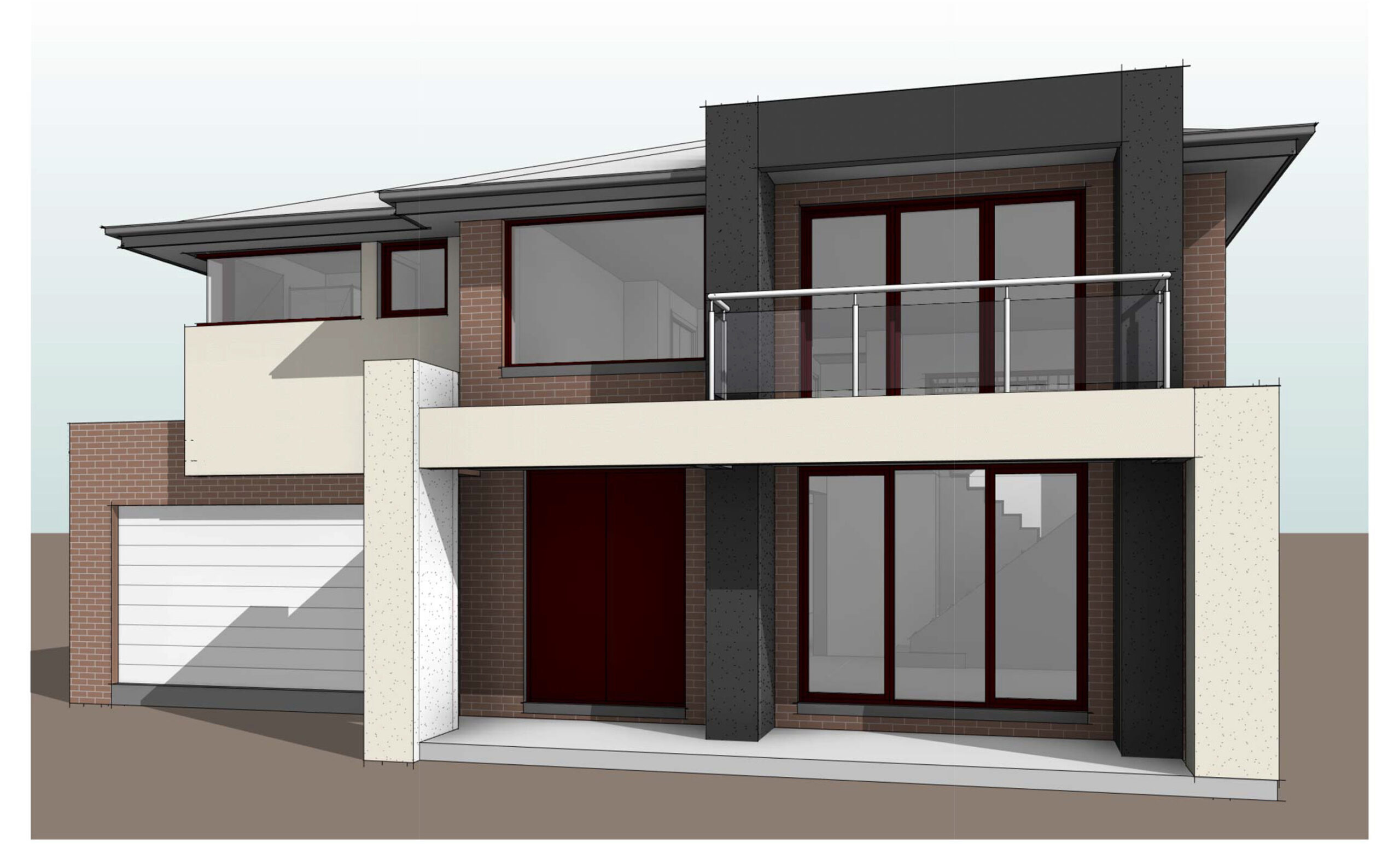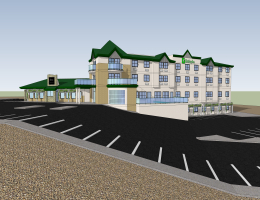3D Model for WebAR: Enhancing User Experience with Augmented Reality
Posted on : Mar 07, 2023
WebAR has revolutionized the way we experience the digital world. With augmented reality (AR) technology, users can now interact with 3D models in real-time without the need for any additional app installation. This innovative technology opens up new opportunities for businesses to engage with their audience in a more immersive way. In this article, we will discuss how 3D models can be used to enhance user experience with WebAR.
Introduction to WebAR and 3D Models
WebAR is an augmented reality technology that allows users to interact with digital content in real-time through their web browser. Unlike traditional AR applications, WebAR does not require the installation of any additional software or app. This makes it more accessible to users and provides businesses with a broader audience base. 3D models are an essential component of WebAR as they provide users with a more interactive and engaging experience.
Advantages of Using 3D Models in WebAR
Immersive Experience: 3D models provide a more immersive experience for users as they can interact with digital content in a more realistic way. This helps businesses to create more engaging and interactive campaigns that can capture the attention of their audience.
Cost-Effective: 3D models can be created at a lower cost compared to traditional video or photography shoots. This is especially beneficial for businesses with a limited budget, as they can still create high-quality AR campaigns that are more engaging than traditional advertising.
Versatile: 3D models can be used in a variety of contexts, including e-commerce, product demonstrations, and education. This makes them a versatile tool for businesses to create engaging and interactive campaigns that can cater to different audiences.
Creating 3D Models for WebAR
Creating 3D models for WebAR requires a combination of technical and creative skills. Here are some steps to follow when creating 3D models for WebAR:
Plan and Conceptualize: Before creating the 3D model, it’s essential to plan and conceptualize the design. This involves identifying the objective of the campaign, determining the target audience, and creating a storyboard.
Create the 3D Model: Once the design is conceptualized, the next step is to create the 3D model. This involves using 3D modeling software to create the object. The software used will depend on the complexity of the design and the level of detail required.
Optimize the 3D Model: After creating the 3D model, it’s important to optimize it for WebAR. This involves reducing the file size and simplifying the design to ensure that it can be loaded quickly on different devices.
Add Interactivity: The final step is to add interactivity to the 3D model. This can be done using WebAR software such as A-Frame or Three.js. Interactivity can include animations, sound, and user-controlled movements.
Using 3D Models in WebAR
Here are some best practices to keep in mind when using 3D models in WebAR:
Keep it Simple: 3D models should be simple and easy to interact with. This ensures that users can easily understand the object and enjoy the experience.
Optimize for Performance: 3D models should be optimized for performance to ensure that they can be loaded quickly on different devices. This involves reducing the file size and simplifying the design.
Provide User Feedback: It’s important to provide users with feedback when they interact with the 3D model. This can include sound effects or visual feedback to indicate user actions.




